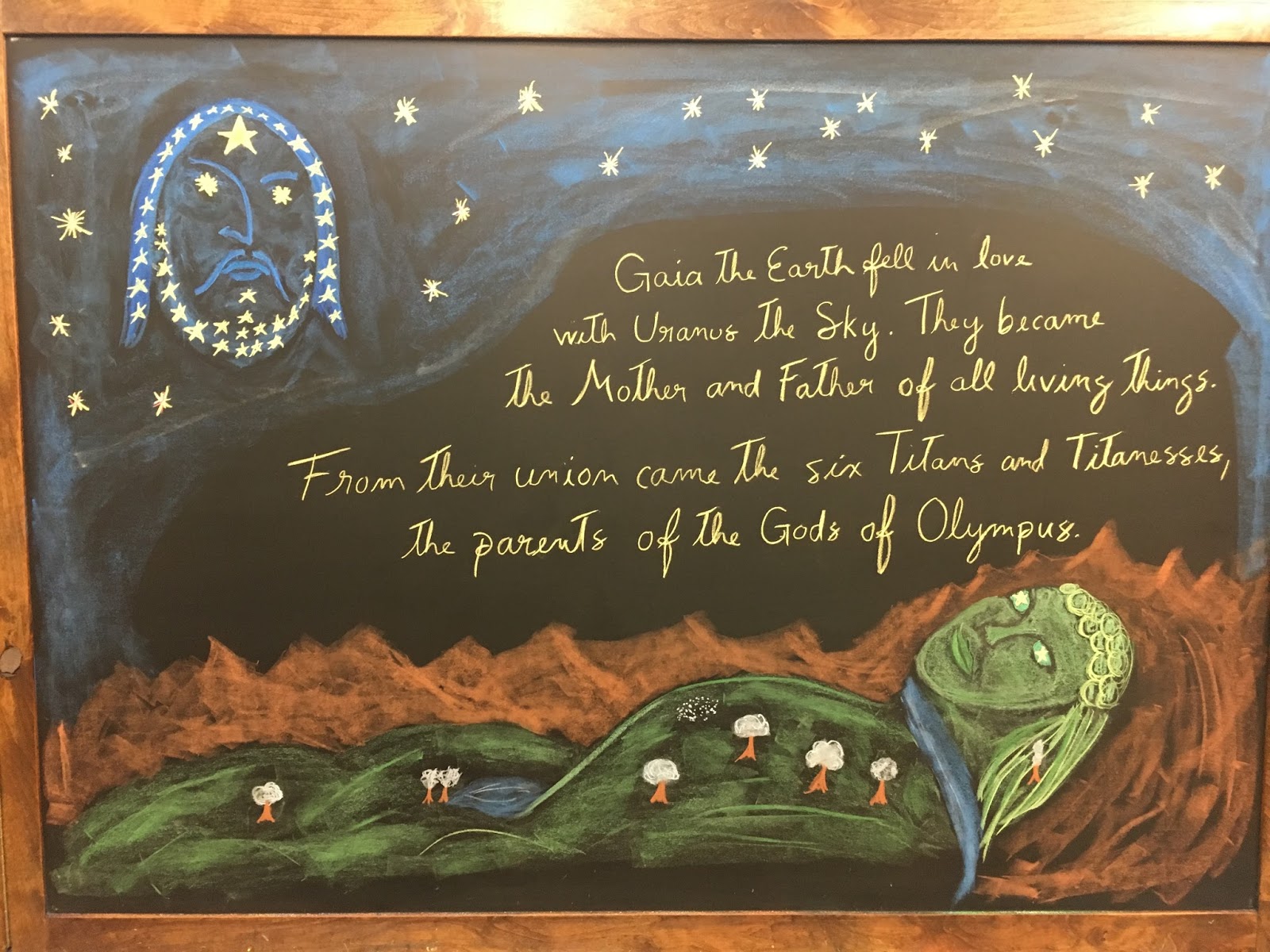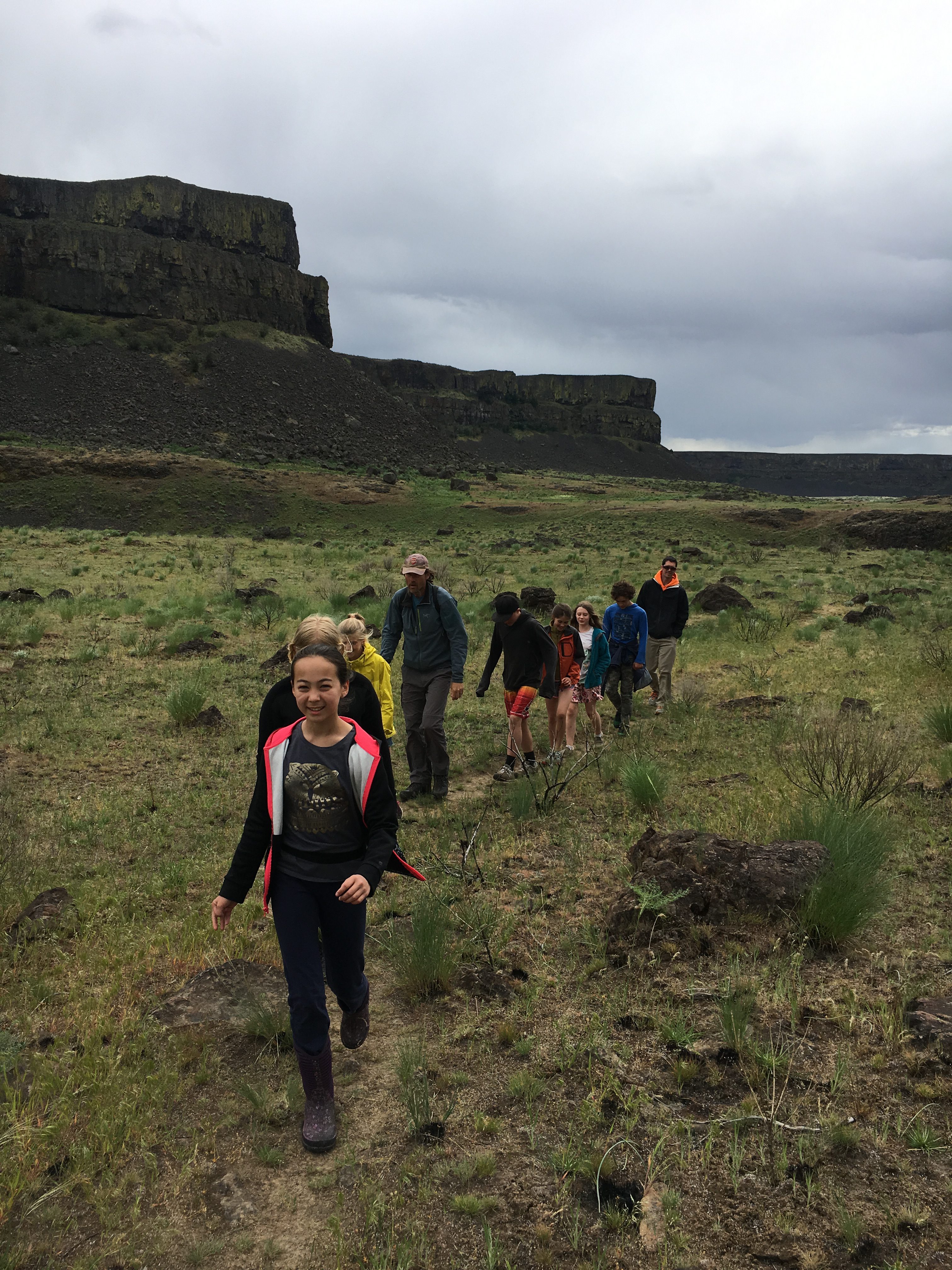The clumsiness of sixth and seventh grade students is legendary. In the sixth-grade, students contend with the physical, cognitive and emotional changes brought about by puberty. The physical clumsiness caused by physical changes is mirrored by cognitive and emotional clumsiness. Social clumsiness also abounds, and is one reason why students in middle school can have a “bad reputation”.
Sixth grade students often shock parents and teachers with the development of what seems an un-nuanced “black and white” moral code. Sixth graders, in many ways, are beginners all over again. For beginners, structure and rules are welcomed supports. Students often begin to play organized sports in P.E. class, and during recess tend toward games with clear and absolute rules.
Rome, with its system of laws and imposition of authority, mirrors the sixth grader’s desire for order. Geography continues to expand outward with studies of Africa and Europe.
Students continue to practice scientific observation with the study of minerals and geology. As sixth graders feel themselves grow more dense and “earthbound” day by day, the study of earth and its properties resonates with their reality. To complement this study, astronomy is brought, as well.
Physics is an exciting course of study in the sixth-grade year, as students have the cognitive capacity to work with abstractions and the laws of cause and effect appeal to their desire for order and consequence. Business math and geometry comprise the mathematics curriculum.

